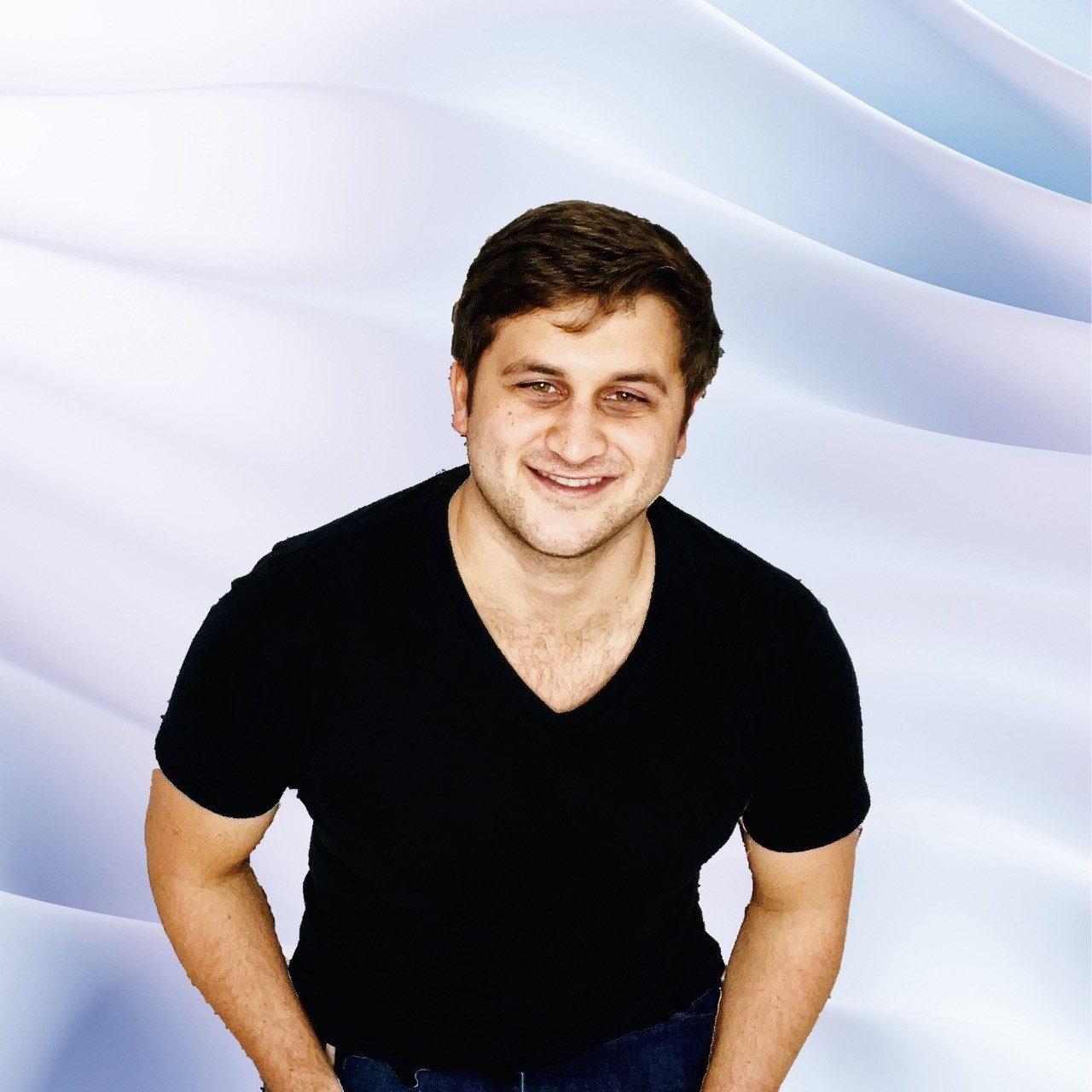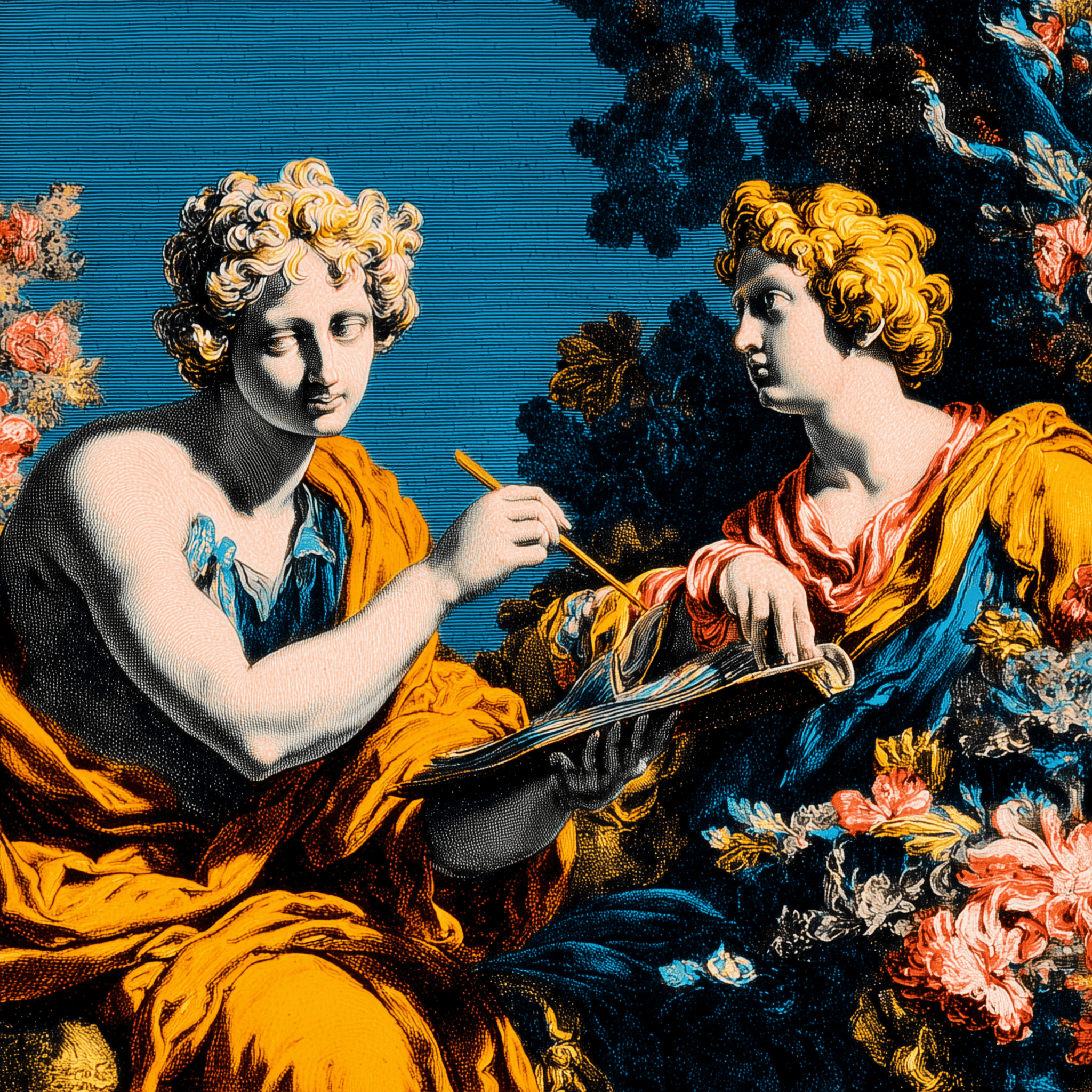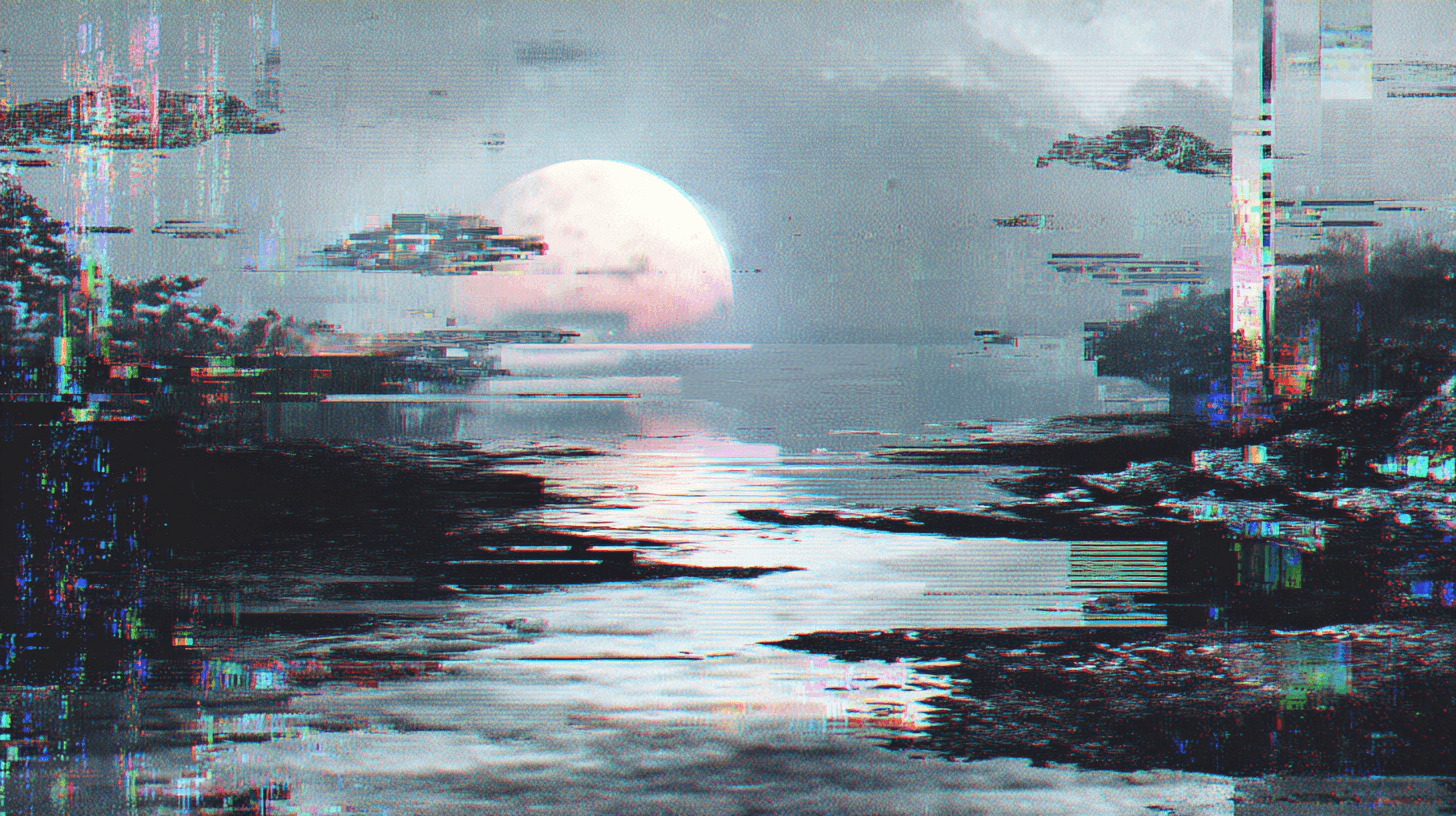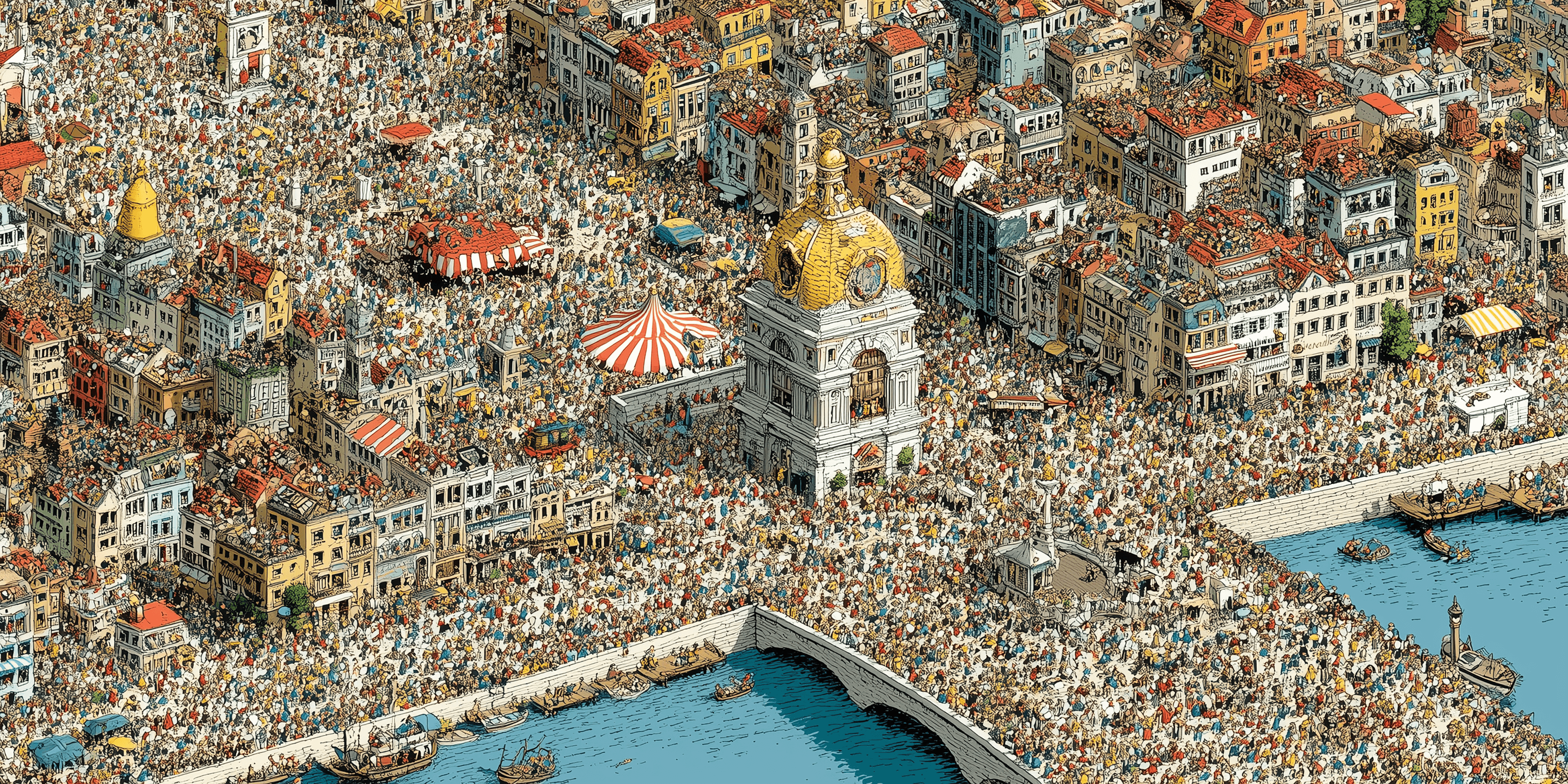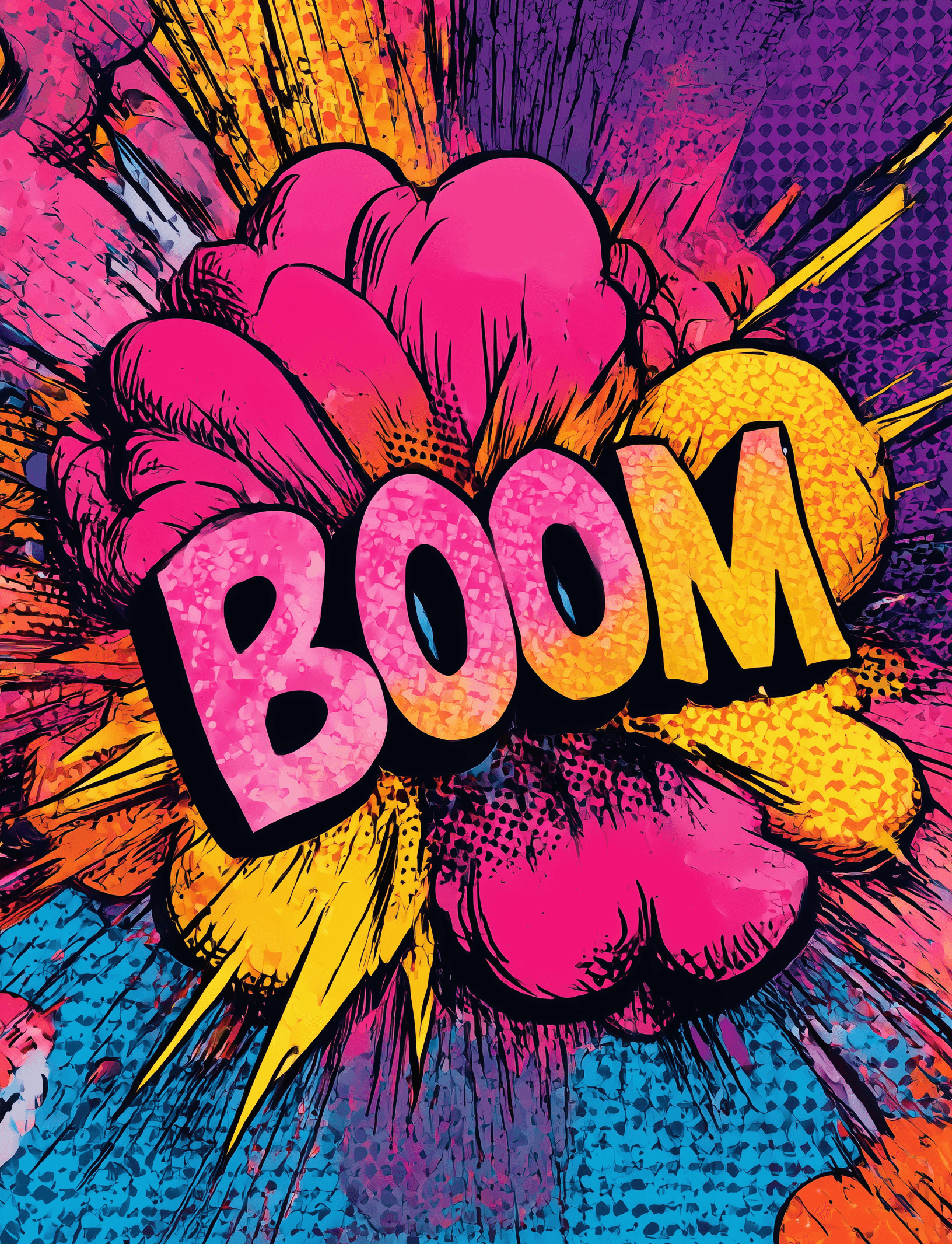
Chaos and the design process
Dec 6, 2023
Let’s talk about something that’s been bugging me in the world of product and user experience design: this obsession with process. Everywhere you look, people are pushing the idea that if you follow a neat, step-by-step approach, you’ll end up with a great product. But here’s the thing—some of the most game-changing products out there didn’t come from a tidy checklist. Look at Dropbox, Airbnb, Uber, Stripe, Pinterest. These weren’t born from the standard UX playbooks. They came from something messier, more chaotic. Usually, it was a founder running into a personal problem and hacking together a solution on the fly, with creativity and spontaneity driving the whole thing.
Learning from the chaos
What does that tell us? It’s a reminder that design doesn’t always need a rigid structure to work. Sometimes, the best stuff comes from unstructured journeys—moments of chance, adaptability, just rolling with the punches. A good design process isn’t about following a script. It’s about being open to discovery, chasing curiosity wherever it leads. Think about musicians like Charlie Puth, who’ve said they get ideas for entire songs or albums from random everyday sounds or by reworking old classics. That’s not a process you can map out in a flowchart. It’s raw, it’s unpredictable, and it works.
Thinking differently to create
So how do you tap into that kind of creativity? You’ve got to embrace a different way of thinking—divergent thinking, where you’re not hunting for the one “right” answer but exploring a bunch of possibilities. Ask “what if” over and over. Run thought experiments. Throw out wild ideas and see where they take you. That’s the arsenal you need when you’re looking for inspiration. The first step in designing something isn’t filling out a template. It’s more like taking the red pill in The Matrix or tumbling down the rabbit hole in Alice in Wonderland. You dive headfirst into a maze of ideas, and that’s where understanding starts.
Diving deep into the problem
What does diving in look like? It’s immersing yourself completely in the world of what you’re creating. Research your competitors—not to copy them, but to see what’s out there. Try workaround products yourself to feel the pain points. Sketch mock-ups under a tight clock to force quick thinking. Do whatever it takes to live in the problem space. That’s not a clean process. It’s messy, it’s intense, but it gets you to a place where real insights happen. It’s not about following steps; it’s about following curiosity until something clicks.
Rethinking how we design
Here’s the bottom line: we’ve got to stop treating design like it’s a factory assembly line. The most transformative products didn’t come from perfect processes. They came from people who were curious, adaptable, and willing to break the mold. If you want to make something great, don’t get hung up on the “right” way to do it. Chase the problem, play with ideas, let yourself wander. That’s where the magic happens. That’s how you build something that doesn’t just work, but changes everything.
Spencer Camp
